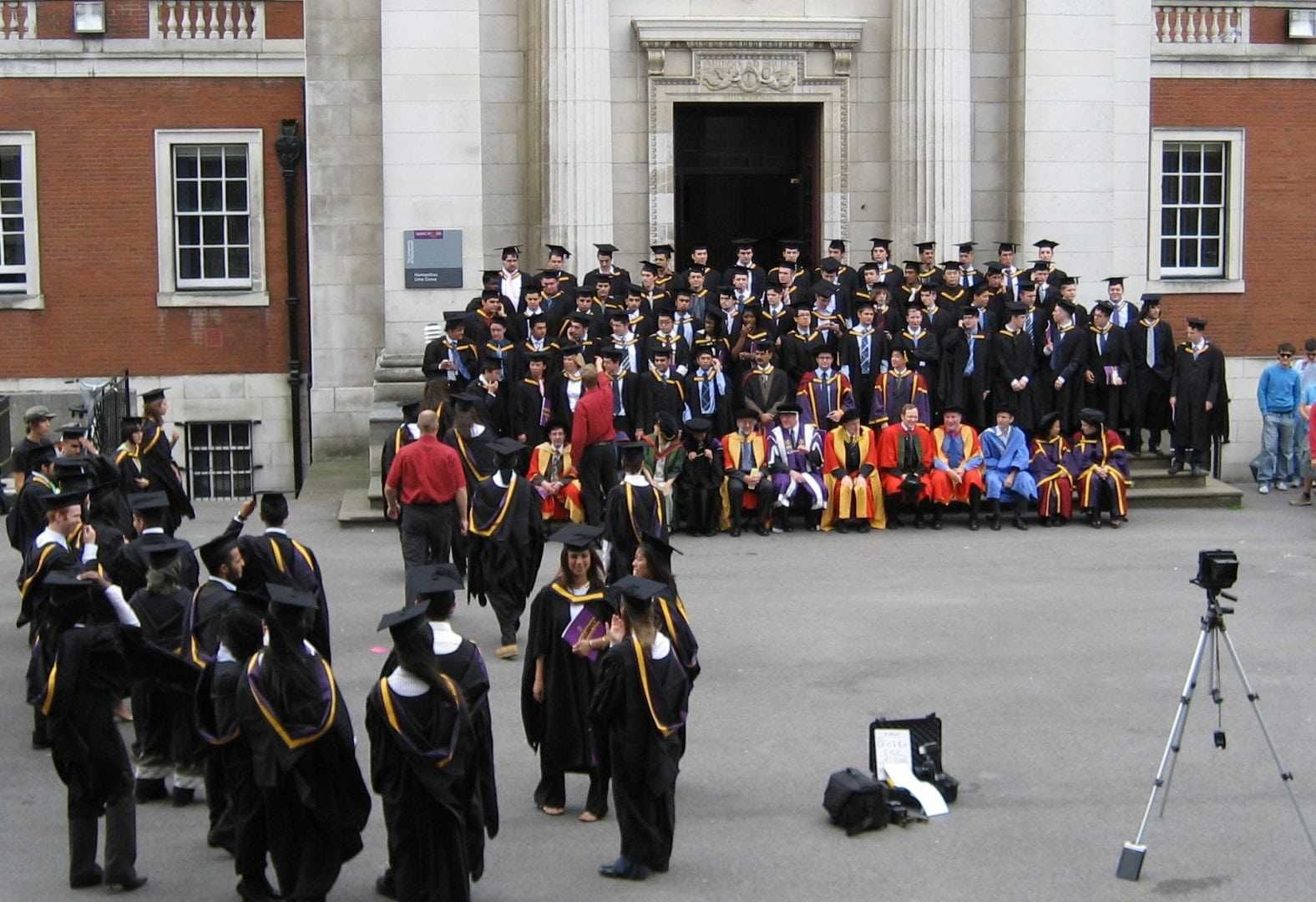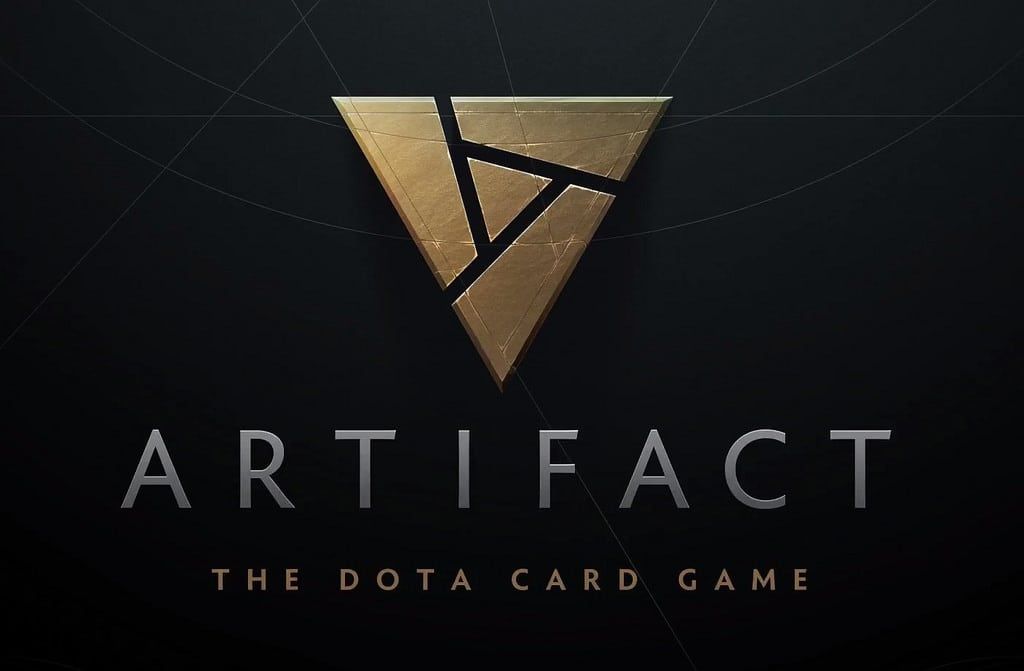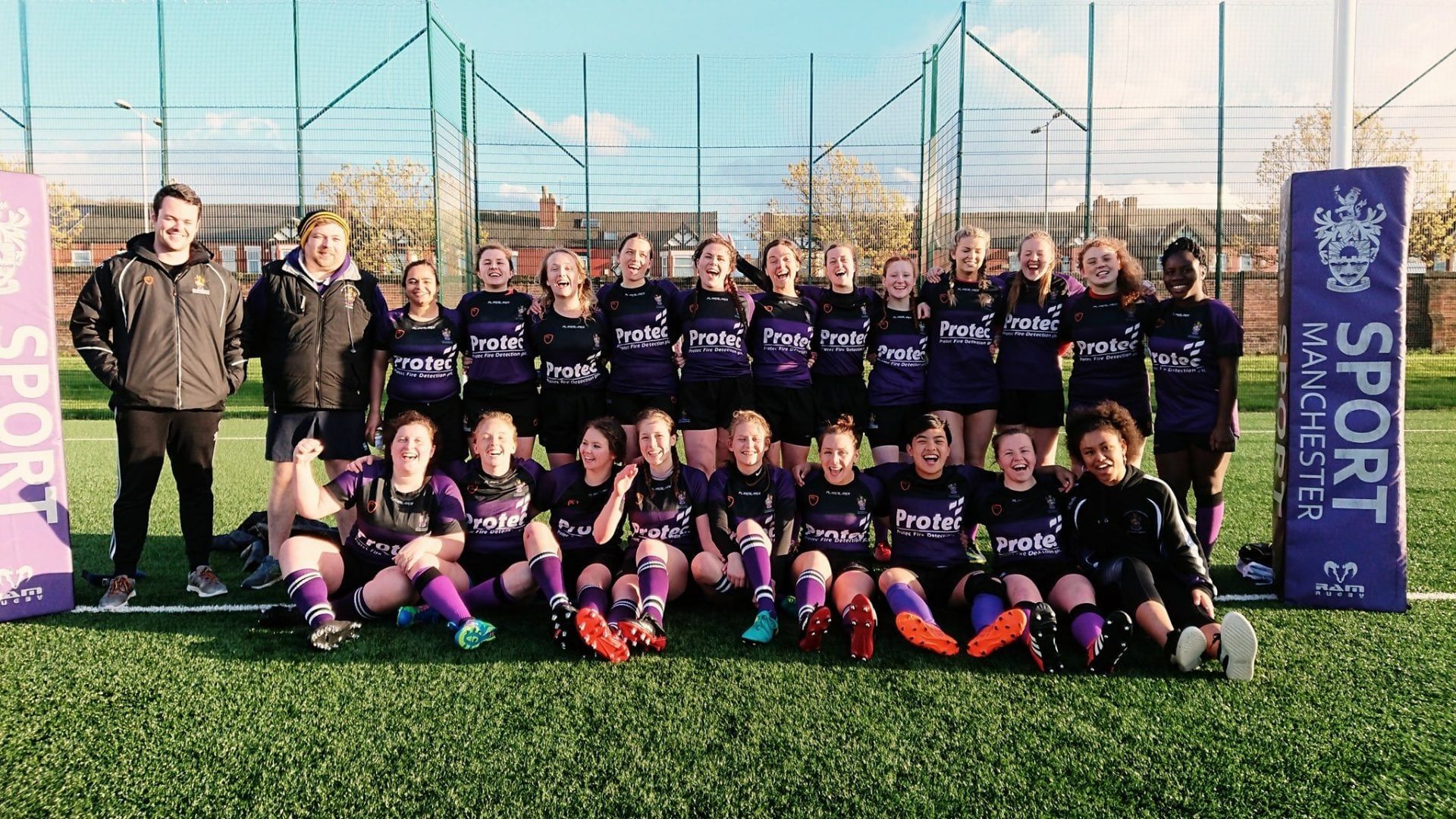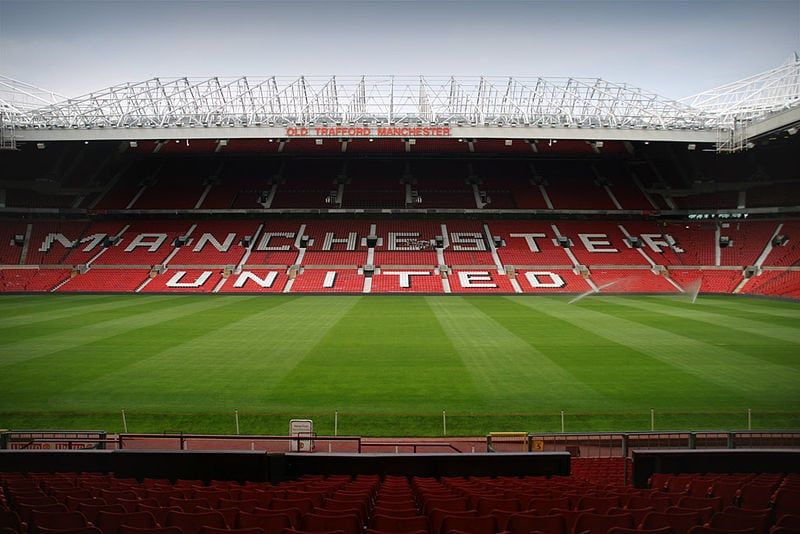Introducing: Islamic Society
Freshers week is in full swing and everyone’s busy stuffing themselves with free pizza and soaking up the atmosphere around campus. One society that has, as usual, pulled out all the stops this year is ISoc – the Islamic Society. The ISoc never disappoints over freshers week, and they have the awards to prove it. These include multiple best society awards, best society fundraisers, best society committee, and best society campaign. All of their success is the result of and extremely hardworking committee, headed up this year by Zaidi Hamid.
Freshers week can be a very conflicting time for Muslim students, as many societies and activities can be incompatible with Islamic beliefs. ISoc provide a brilliant alternative, a whole month packed with exciting events suitable for Muslim students, but open and welcoming to all. Events this year include food crawls, survival guide evenings tailored to the needs of Muslim students, mentor meet and greets, pyjama parties, and laser tag. These are all spearheaded headed by the infamous flagship Welcome Dinner, an excellent evening to mix with fellow Muslim students or go and sample some of the wide variety of food on offer, portraying the geographical vastness of Islam, ranging from Malaysia to Jamaica.
When asked what he would like prospective freshers thinking about joining the society to know, Hamid responded, “If there is one thing I’d want to freshers’ to know, it would be that the society is yours, we are here to serve you all in whatever way we can and put on the events you want to see. Let us know what we are doing well and what we can improve on; we are all ears. If you don’t know anyone yet, then the Islamic Society is the perfect place to make friends for life, our members are amazing and welcoming people, and our hardworking committee will always be on hand to ease you into events if that is what you’d prefer.”
ISoc have really taken the idea that university is for everyone to heart this year, and have provided society support for new students. The newly formed Muslim Welfare team are there to help if freshers week is taking its toll on your well-being, as being away from home and having to look after yourself for the first time can be daunting. They are there to provide a helping hand who anyone who needs it, and make transitions to university easier for everyone. The Muslim community on campus also have access to Mohammed Ullah, their invaluable chaplain, who is there to be a professional figure of support if and when needed. ISoc this year also have events organised to encourage support and inclusivity on campus, like their upcoming introduction to British Sign Language, giving attendees a basic intro to BSL, as well as an insight to struggles the deaf and hard of hearing community might face on campus.
The Islamic Society have also recently pledged to reduce their plastic consumption as a society, especially during events. They are looking to move towards biodegradable alternatives, partnering with companies that are also moving towards this goal, as well as helping their members to reduce their plastic waste.
What’s not to love? ISoc always smash their freshers events and this year is no different. If you’re interested in finding out more details and getting involved, their Facebook page is extremely well designed with all the information you need easily accessible, and they reply quickly to messages. Creating a support network around you at university can be very important, especially during first year as many of the experiences are brand new. ISoc have designed the society extremely well to function for this purpose, creating a strong, supportive environment for Muslim and non-Muslim students alike. One of the best societies on campus, you really can’t go wrong with ISoc and they can’t wait to welcome this new batch of freshers into their excellent community.

























